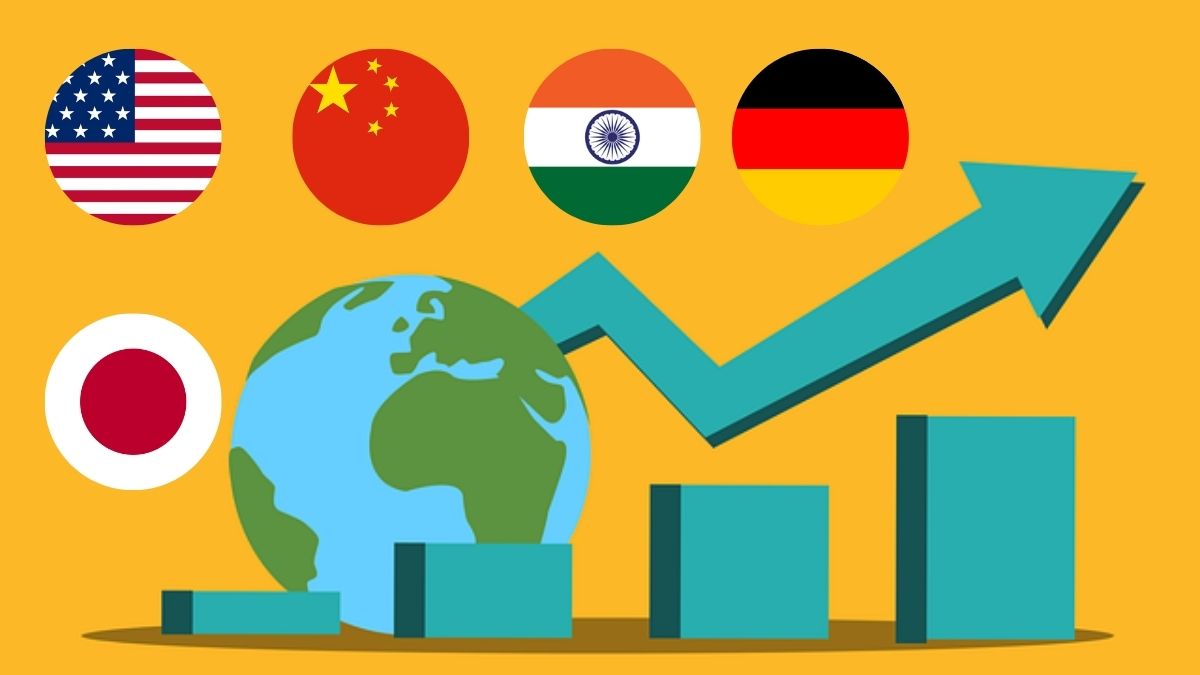As of 2024, the global economic landscape is led by several prominent nations, reflecting their diverse and robust economic capabilities. The ranking of the world’s largest economies is based on Gross Domestic Product (GDP), a key indicator of a country’s economic performance.
Top 10 Economies by GDP
| Rank | Country | GDP (USD Billion) | GDP Per Capita (USD Thousand) |
|---|---|---|---|
| 1 | United States | 28,783 | 85.37 |
| 2 | China | 18,536 | 13.14 |
| 3 | Germany | 4,590 | 54.29 |
| 4 | Japan | 4,112 | 33.14 |
| 5 | India | 3,942 | 2.73 |
| 6 | United Kingdom | 3,502 | 51.07 |
| 7 | France | 3,132 | 47.36 |
| 8 | Brazil | 2,333 | 11.35 |
| 9 | Italy | 2,332 | 39.58 |
| 10 | Canada | 2,242 | 54.87 |
Key Highlights
- United States: The U.S. remains the largest economy, with a diverse economy driven by sectors such as services, manufacturing, finance, and technology. Its annual GDP growth rate is 2.7%.
- China: As the second-largest economy, China’s growth has been notable, largely driven by manufacturing, exports, and investment. It has an annual growth rate of 4.6%.
- Germany: Known for its strong export sector and industrial prowess, Germany’s GDP stands at $4,590 billion with a growth rate of 0.2%.
- Japan: Japan’s economy is characterized by its technology and manufacturing sectors, with a GDP of $4,112 billion and a growth rate of 0.9%.
- India: With rapid economic growth, India’s GDP is $3,942 billion. The country benefits from its diverse economy, including IT, services, and agriculture, and has a growth rate of 6.8%.
Next 10 Economies
Following the top ten, the next largest economies include Russia, Mexico, Australia, South Korea, Spain, Indonesia, Netherlands, Türkiye, Saudi Arabia, and Switzerland.


